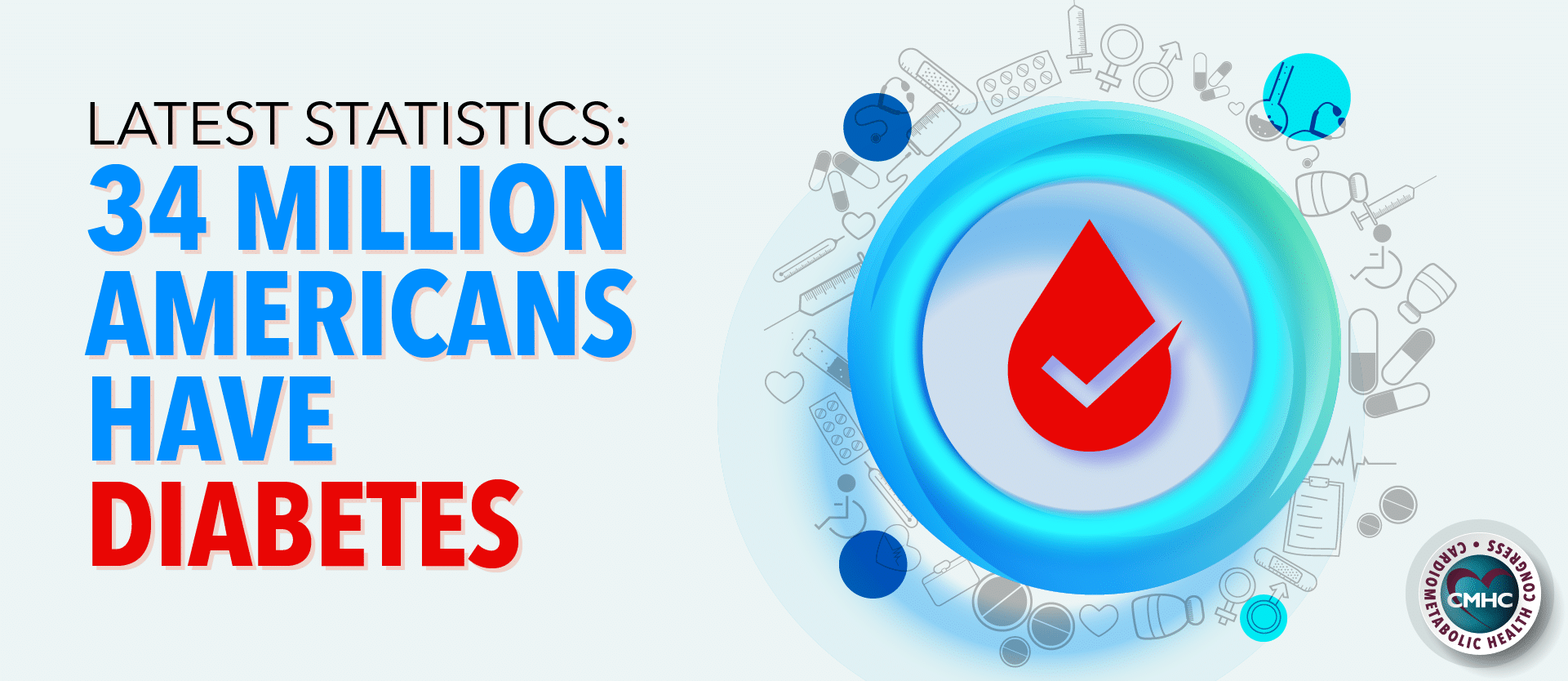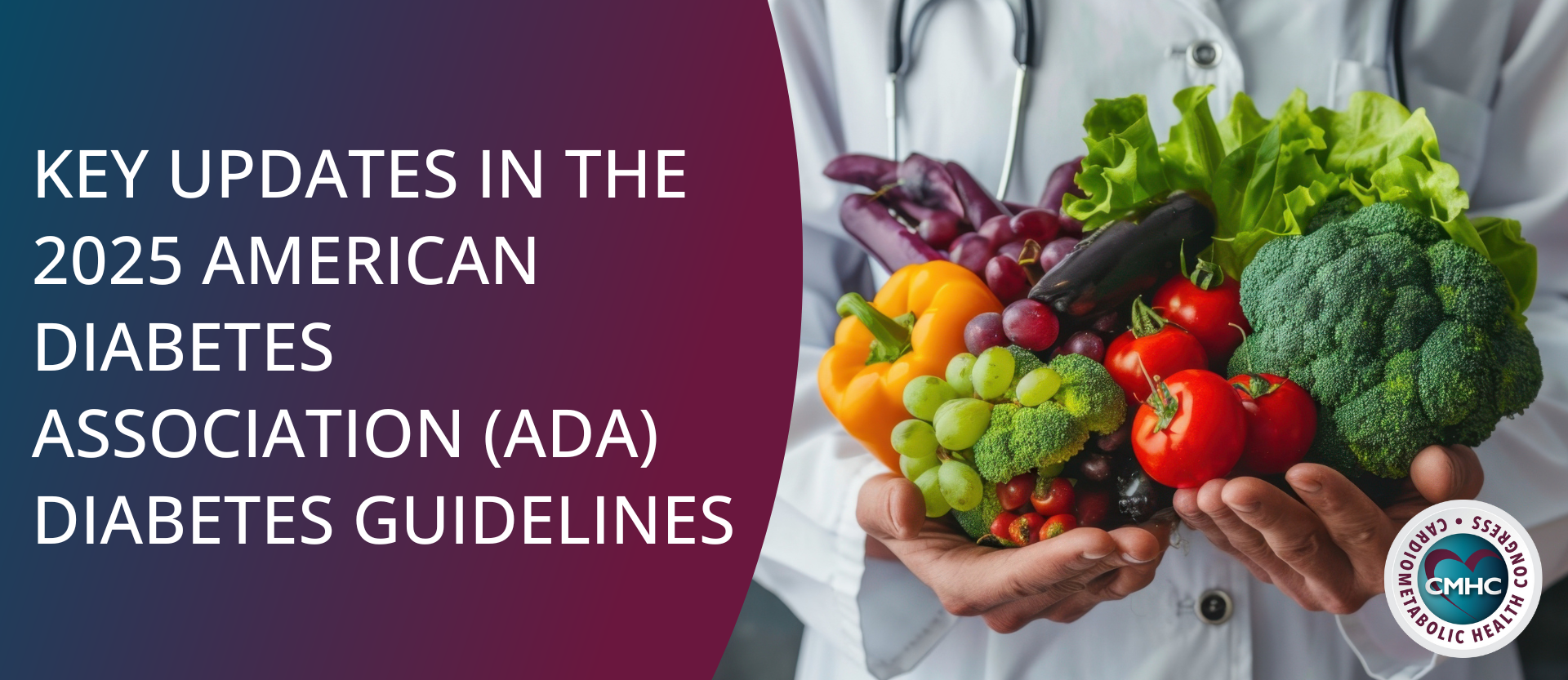Previous data indicates that diabetes is the leading risk factor for hospitalizations across the United States, with a total of 7.8 million hospital discharges reporting the condition as any of the listed diagnoses among adult patients aged 18 or older. Although incidence rates have slowed in recent years, approximately 34 million adults in the United States have type 1 or type 2 diabetes today. Of those, about 7.3 million meet laboratory criteria for diagnosed diabetes, however, are unaware or do not report having the disease.
In a recent attempt to calculate the national estimated disease burden and prevalence of diabetes, the Centers for Disease Control and Prevention released the 2020 National Diabetes Statistics Report, which can be accessed in full here. Their findings indicate a decrease in the number of newly diagnosed diabetes cases in recent years among most – but not all – demographics and highlight the importance of more targeted prevention methods focused on adolescents specifically.
Data for the report were derived from the National Health and Nutrition Examination Survey, the National Health Interview Survey, the Indian Health Service (IHS), National Data Warehouse, the Behavioral Risk Factor Surveillance System, the U.S. Diabetes Surveillance System, and the U.S. resident population estimates. Researchers established diagnosed diabetes status based on self-reported patient information; undiagnosed diabetes was determined by fasting plasma glucose measures or HbA1c levels.
Current Estimates
In 2018, new cases of diagnosed diabetes grew by 1.5 million, equivalent to about 6.9 diagnosed patients per 1,000 persons, similar to 2006 incidence rates. That year an estimated 88 million adults had prediabetes, although many of them may have been unaware of their condition.
Currently, adults aged. between 18 to 44 years experience lower diabetes rates than those aged between 45 and 65 as well as those aged above 65 years. However, younger demographics are increasingly at risk for developing the condition.
Incidence of New Cases in Youth
Per the latest statistics, the number of new diabetes cases decreased throughout the past decade in the United States with one exception – the overall incidence of type 1 diabetes significantly increased among children and adolescents between 2002 and 2015. The largest change was observed among children of Hispanic descent. In addition, the prevalence of type 2 diabetes also increased in this age demographic with changes consistent across all racial groups.
Prevalence and Risk Factors
Despite the decreased incidence of new cases in adults, the latest data from the Centers for Disease Control and Prevention reveal that the age-adjusted prevalence of total diabetes increased among adults between 1999 and 2016 – up from 9.5% in 1999-2002 to 12% in 2013-2016. These results held steady in 2018 at 6.7 per 1,000 adults compared with 2000 data, which reported a rate of 6.2 per 1,000 persons.
Meanwhile, the age-adjusted results for 2017-2018 found the prevalence of diagnosed diabetes was highest among Native Americans and Alaskan Natives, Hispanic adults, and African Americans.
“Among adults, prevalence varied significantly by education level, which is an indicator of socioeconomic status,” the report explains. “Specifically, 13.3% of adults with less than a high school education had diagnosed diabetes vs. 9.7% of those with a high school education and 7.5% of those with more than a high school education.”
Common risk factors for diabetes-related complications showed that about 22% of diagnosed adults were tobacco users, 15% reported current smoking, and 36.4% had quit smoking. Furthermore, 89% of those with diagnosed diabetes were overweight or had obesity while 38% were physically inactive.
Implications
As current literature proves, diabetes has a significant burden on population health and outcomes, contributing to increased risks of comorbid cardiometabolic conditions as well as adverse complications. The growing number of newly diagnosed cases in children and adolescents indicates an urgent need for age-specific prevention and management protocols as well as increased efforts to combat the disease in younger populations as early onset diabetes tends to predispose patients to poorer outcomes.
The CDC’s latest report outlining trends in prevalence and estimates of diabetes burden can be accessed here.








